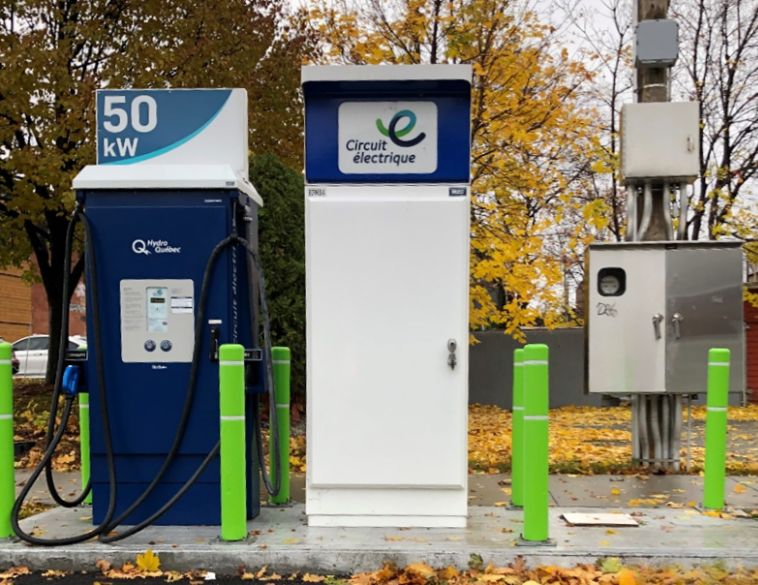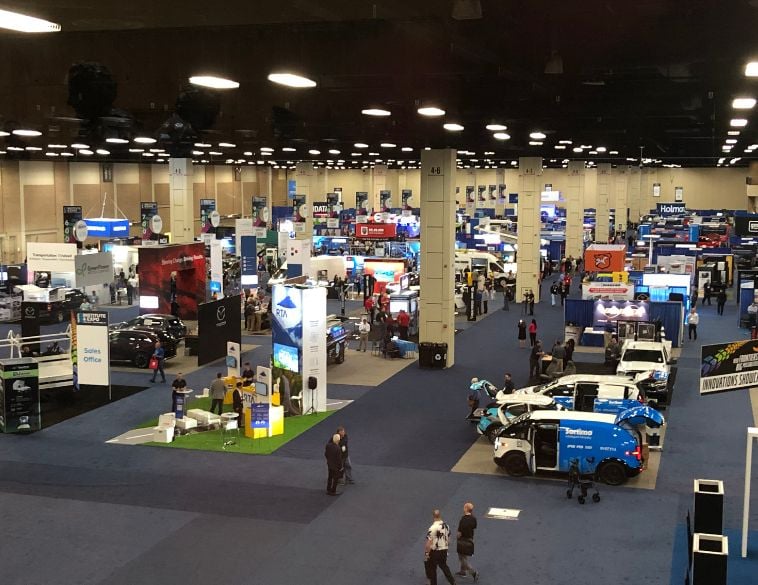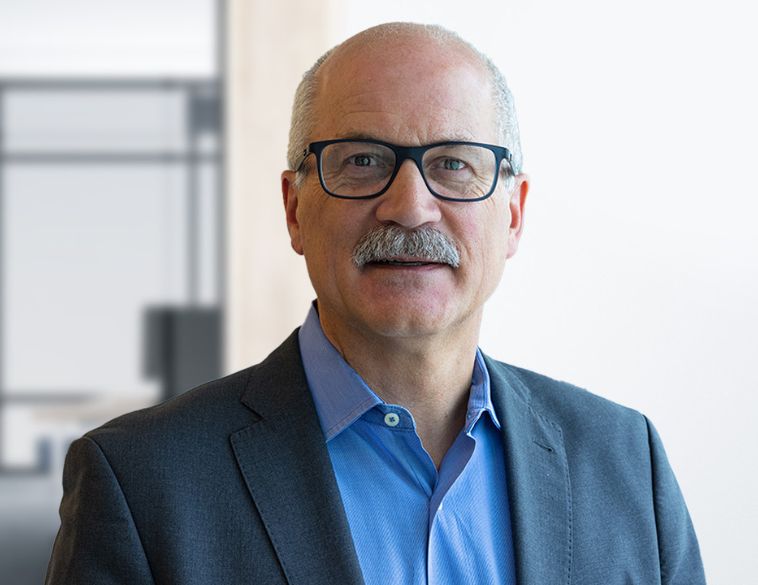The town of Victoriaville, Que. has been working since 2004 to make the 120 units in its municipal vehicle fleet greener.
Michel Lachapelle, Director of the Public Works Department, is in charge. Today, after two decades of effort, 20% of their light vehicle fleet is electrified, representing 10-15% of the total fleet. Victoriaville is doing everything in its power to make the changeover as easy as possible.
“In 2004, we bought six Prius hybrids, which had just come out. We then switched to bio diesel and then to corn-based ethanol. We then installed low-voltage and no-load charging modules on all our vehicles. Today, we’re working to replace all 50 of our vans with electric ones.”
Imbalance between supply and demand

Victoriaville is a partner of the Centre de gestion de l’équipement roulant (CGER), a branch of the Ministère des Transports (MTQ). The CGER provides the municipality with its vehicles on an outsourced basis and is responsible for leasing and maintaining the fleet.
“We’ve made serious representations to the CGER to get them to supply us with electric vans, but there aren’t enough on the market. It’s an imbroglio: on the one hand, there’s a shortage and on the other, there’s strong demand. The ministries—Wildlife, Transport, Civil Security, etc.—and the municipalities are fighting to get electric vehicles.”
The same applies to six-wheeled lorries, of which there are many in municipal parks. Despite lobbying for electric trucks, the supply is not there. The industry has nothing to offer, so the green shift is a long and arduous one. For a manager, the key is to maintain balance.
“We’d like things to go faster, but we have no choice: we have to aim for balance. We can’t turn everything upside down overnight and risk upsetting the balance of our operations, and that would be far too expensive.”
Many questions, few answers
To date, Michel Lachapelle believes that the electrification of the Victoriaville park has had little impact on operations. But “Victoriaville is a medium-sized town,” he points out, “which only operates during the day.”
“There is less impact because our electric vehicles can be charged at night so that they can be used during the day. But take Montreal, for example, which operates 24 hours a day; the impact is much greater because the electric vehicle will have to be stopped while the battery is being charged.”
And the questions are multiplying.
If the vehicles have to be operational 24 hours a day, will we have to buy more vehicles to compensate for the time when the vehicles are stationary? What would be the environmental impact of this approach? In such a context, do we choose to move towards an all-electric fleet or is it preferable to retain a percentage of petrol vehicles?
What’s more, how long does a vehicle battery last: 5, 10, 15 years? Will the battery need replacing after 10 years? How much will it cost? And how do you dispose of it in an environmentally-friendly way?
“Some managers are asking themselves these questions or will inevitably ask them one day. I don’t have the answers, but they are questions that need to be asked.”

And what about Hydro-Québec?
The other issue is Hydro-Québec’s ability to supply electricity.
“On the one hand, Hydro-Québec is telling us to save energy and to load shed whenever possible. On the other hand, the government, which is also Hydro-Québec, is encouraging the electrification of transport. As a citizen and as a manager, I find this hard to understand.”
It is difficult to plan for the long term, as we do not know whether there will be enough electricity to meet demand.
“In some places, it’s already impossible to install charging points! That’s the case with our airport, which is located in a rural area; there are no high-voltage lines running to it. As managers, we have to be imaginative, because we have no idea what’s going to happen.”
Moving forward in spite of everything
Faced with so many unknowns, Michel Lachapelle encourages his peers to go green, but not just electric.
“We absolutely have to look at the other options, because it’s unrealistic to think that in five years’ time our vehicle fleets will be 100% electric. Other sources of energy are available on the market: propane gas, natural gas, etc. We need to analyse which are the best options for becoming greener, to make as many savings as possible while continuing to drive the market forward.”



